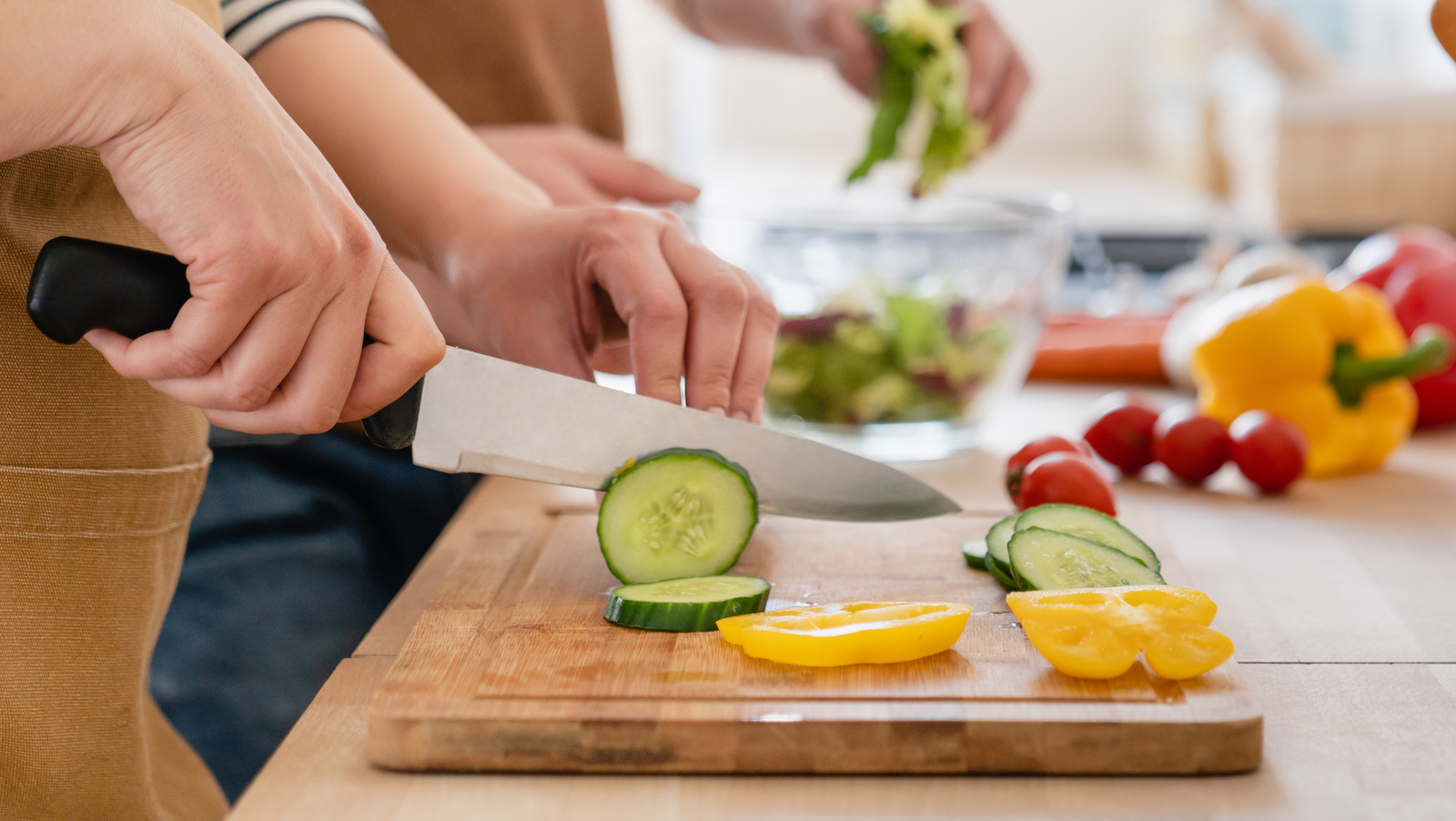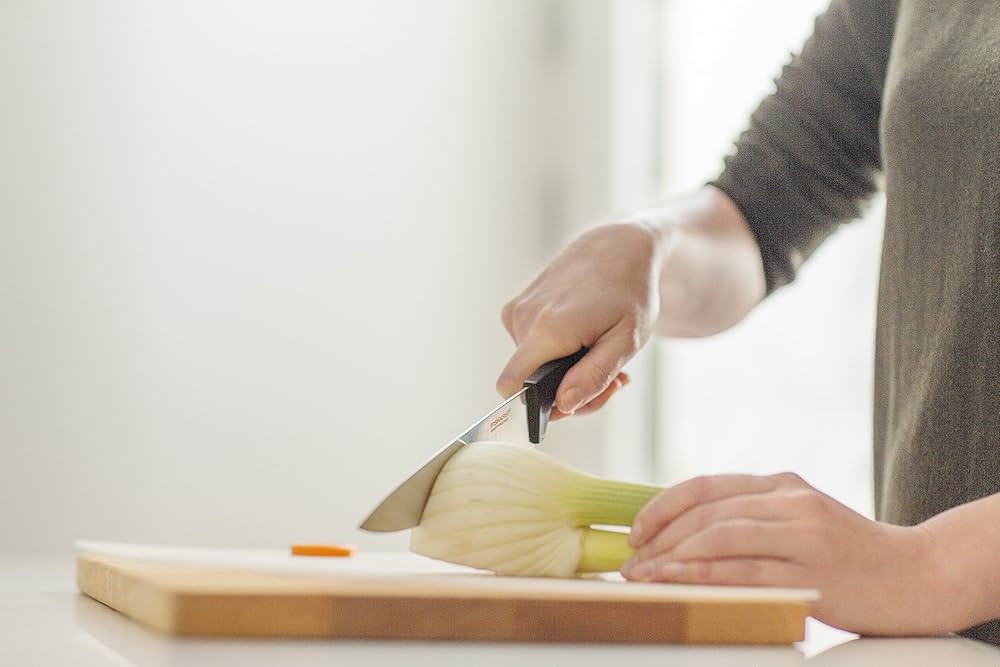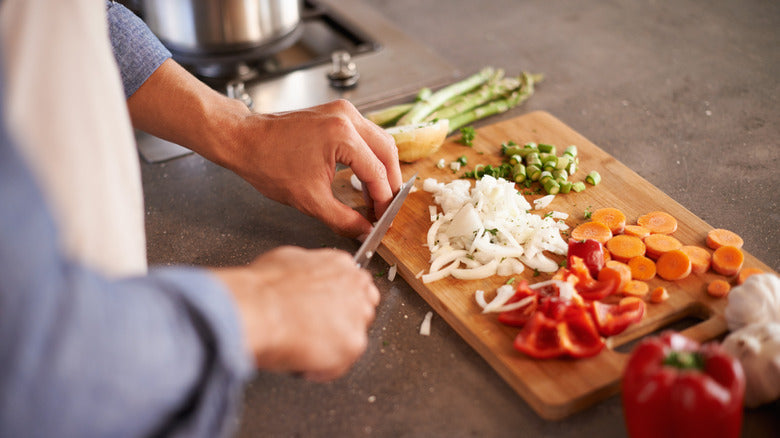A cutting board is one of the most essential tools in every professional kitchen. Although pine cutting boards are budget-friendly and lightweight, their porous nature makes them more susceptible to damage without proper sealing. So, lets dive into the step-by-step process to learn how to seal a pine cutting board, ensuring its longevity and functionality.

Why Sealing a Pine Cutting Board is Essential
Unlike harder woods like maple or walnut, pine is a softer, porous wood. Without sealing, it can quickly absorb moisture, causing warping and splitting. Sealing protects the wood fibers, minimizes bacterial contamination, and helps the cutting board maintain its structural integrity.
Why Should Kitchen Professionals Care?
An unsealed pine cutting board isn't just a hygiene hazard; its also a safety concern. A warped or damaged board affects knife stability, increasing the chances of accidents. Properly sealed boards provide an even and safe cutting surface, which is vital for maintaining professional kitchen standards.
Step-by-Step Process: How to Seal a Pine Cutting Board
Step 1: Sanding the Surface
The first step in sealing this softwood is sanding down any uneven edges or imperfections. Use fine-grit sandpaper (e.g., 220 grit) to prepare the surface. Sand in the direction of the wood grain to avoid scratching the fibers.
Step 2: Choosing the Right Sealer
Look for a food-safe sealer such as mineral oil, beeswax, or a commercial cutting board oil. Never use toxic finishes like polyurethane or varnishes unless explicitly marked as food grade. For more tips on maintaining your kitchen tools, check out this post on cleaning an electric skillet.
Step 3: Conditioning the Board
Apply the chosen sealer using a clean cloth. Spread a generous layer evenly across the board, ensuring all sides and edges are covered. Let it soak for at least 24 hours before wiping off excess oil. For additional tips, explore the proper way to clean and use cutting boards.
Step 4: Reapplication for Deeper Seal
For pine boards, a single coating isnt enough. Reapply the sealer two to three times, allowing sufficient drying time between each application. This method ensures maximum protection for such softwoods.
Maintaining a Sealed Pine Cutting Board
Sealing your pine cutting board isnt a one-time task. Over time, natural wear will erode the protective layer. Regular maintenance includes:
- Washing immediately after use with mild soap and warm water.
- Reoiling monthly or when the wood looks dull.
- Storing it in a dry location to avoid moisture exposure.
If you want to learn about kitchen tool care, heres how to reseason a cast-iron pan, which complements your cutting board care routine.
FAQs on Sealing Pine Cutting Boards
1. How Often Should I Reseal My Pine Cutting Board?
Resealing should be done every 3 to 6 months, depending on the boards usage and exposure to water.
2. Can I Use Olive Oil for Sealing?
No, avoid olive, vegetable, or any perishable oils as they can turn rancid over time, making your board unhygienic and unpleasant to use.
3. What Happens if I Dont Seal My Pine Cutting Board?
An unsealed board will absorb water and bacteria, increasing the risk of warping, cracking, and contamination.

External Resources
In conclusion, knowing how to seal a pine cutting board is indispensable for professionals who take pride in their kitchen tools. By following these steps, you can keep your board in top shape, ensuring both safety and efficiency in your culinary workspace.
This article contains affiliate links. We may earn a commission at no extra cost to you.






Leave a comment
This site is protected by hCaptcha and the hCaptcha Privacy Policy and Terms of Service apply.